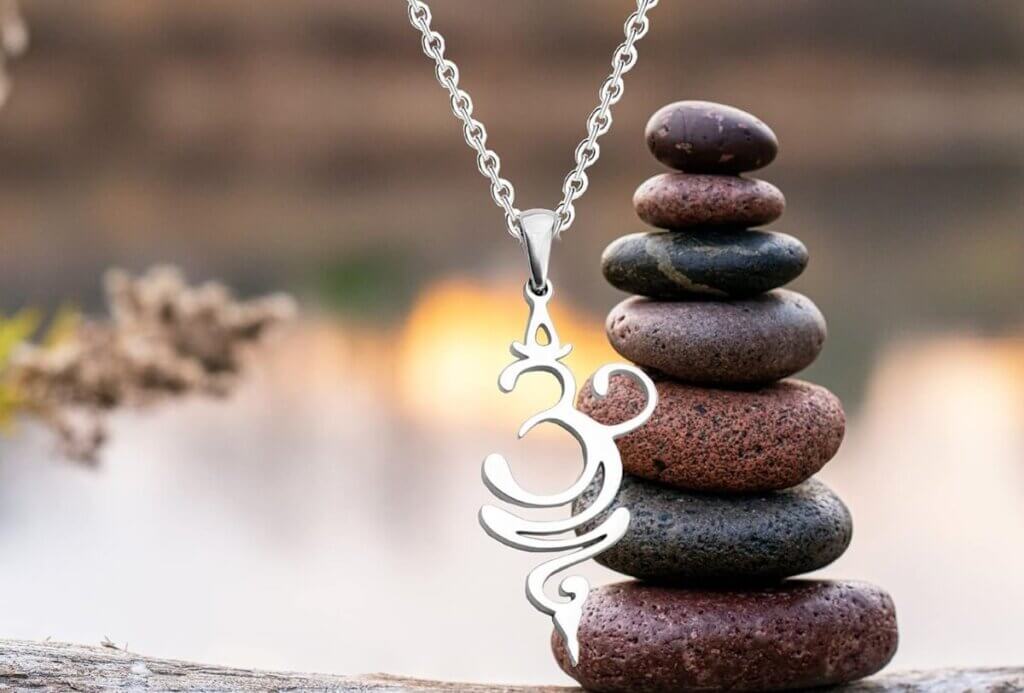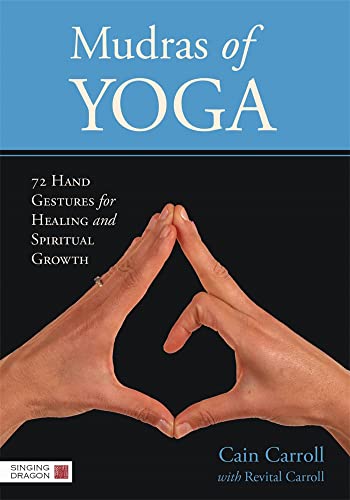The Sanskrit symbol for breathe, also known as the Prana Mudra, holds deep and significance in various spiritual and cultural contexts. This ancient symbol represents the life force that exists within all living beings. By exploring its representation of life force, connection to breath control techniques, and symbolic representation of vital energy, we can gain a deeper understanding of its importance.
Representation of Life Force
The Sanskrit symbol for breathe is often associated with the concept of life force, known as prana in Sanskrit. Prana is the vital energy that flows through our bodies, sustaining our physical and mental well-being. It is believed that by connecting with and harnessing this life force, we can achieve greater balance and harmony within ourselves.
Connection to Breath Control Techniques
Breath control techniques, also known as pranayama, are an integral part of and practices. The Sanskrit symbol for breathe serves as a visual reminder of the importance of conscious breathing. By focusing on the breath and practicing various pranayama techniques, individuals can cultivate a deeper sense of awareness, relaxation, and overall well-being.
Symbolic Representation of Vital Energy
The Sanskrit symbol for breathe symbolizes the flow of vital energy within the body. It is often depicted as a loop or a wave-like shape, representing the continuous movement and circulation of prana. Just as a river flows, carrying life-giving water, the symbol signifies the constant flow of energy that sustains us. It serves as a reminder to embrace the present moment and to tap into our inner vitality.

Incorporating the Sanskrit symbol for breathe into our daily lives can be a powerful way to enhance our connection to ourselves and the world around us. By understanding its historical origins, usage in and meditation, interpretations and variations, as well as its modern applications and popularity, we can gain a comprehensive understanding of its significance.
Note: The following sections will delve into the historical origins of the Sanskrit symbol for breathe, its usage in yoga and meditation, interpretations and variations, and its modern applications and popularity. These sections will provide further insights and expand upon the importance and relevance of this symbol in various contexts.
Historical Origins
The Sanskrit symbol for breathe, also known as the Pranava symbol or Om symbol, holds deep historical origins that can be traced back to ancient Sanskrit texts and the Vedic influence on the symbol. Over time, this symbol has evolved and taken on various interpretations, becoming a significant representation of breath and vital energy.
Ancient Sanskrit Texts
The origins of the Sanskrit symbol for breathe can be found in ancient Sanskrit texts, such as the Upanishads and the Bhagavad Gita. These texts are considered sacred scriptures in Hinduism and provide insights into the philosophical and spiritual aspects of life.
In these ancient texts, the Sanskrit symbol for breathe is often associated with the concept of sound and vibration. It is believed to represent the primordial sound of creation, the cosmic vibration that permeates the universe. This symbol is seen as a powerful tool for connecting with the divine and accessing higher states of consciousness.
Vedic Influence on the Symbol
The Vedic influence on the Sanskrit symbol for breathe cannot be overstated. The Vedas, which are a collection of ancient scriptures dating back to around 1500 BCE, form the foundation of Hindu philosophy and spirituality. They contain hymns, rituals, and philosophical teachings that explore various aspects of life and existence.
In the Vedas, the Sanskrit symbol for breathe is associated with the concept of Prana, which refers to the life force or vital energy that permeates all living beings. Prana is believed to flow through channels in the body called nadis and is essential for maintaining physical, mental, and spiritual well-being.
The Vedic sages recognized the importance of breath control techniques, known as Pranayama, in harnessing and directing this vital energy. They understood that by consciously regulating the breath, one could influence the flow of Prana and achieve a state of balance and harmony.
Evolution of the Symbol over Time
Over time, the Sanskrit symbol for breathe has evolved and taken on different forms and interpretations. While its basic shape remains consistent—a combination of the letters ‘A’, ‘U’, and ‘M’—variations in design and representation have emerged.
In ancient times, the symbol was often depicted in a simple, linear form. However, as the symbol gained popularity and spread across different regions and cultures, artistic variations began to emerge. These variations can be seen in the intricate designs and patterns found in ancient Indian art and architecture.
Furthermore, the symbol has been adapted and incorporated into various spiritual practices, such as yoga and meditation. It is often found in the form of a sacred mantra, chanted repeatedly to focus the mind and connect with the divine. The symbol has also been incorporated into various rituals and ceremonies, symbolizing the presence of the divine and the power of breath.
Usage in Yoga and Meditation
Yoga and meditation have long been practiced as a means to achieve physical, mental, and spiritual well-being. The Sanskrit symbol for breathe plays a significant role in these practices. Its incorporation in various aspects of yoga and meditation enhances the overall experience and deepens the connection between the mind, body, and breath.
Incorporation in Asanas and Pranayama Practices
In the realm of yoga, asanas are physical postures that promote strength, flexibility, and balance. The Sanskrit symbol for breathe is often incorporated in these asanas to bring awareness to the breath and encourage mindful breathing. As practitioners move through different poses, they are reminded to synchronize their breath with their movements, allowing the breath to guide and support them.
Pranayama, on the other hand, refers to breathing exercises specifically designed to control and regulate the breath. The Sanskrit symbol for breathe serves as a visual cue during these practices, reminding practitioners to focus on their breath and consciously direct its flow. By incorporating the symbol into pranayama exercises, individuals can deepen their breath awareness, improve lung capacity, and cultivate a sense of calm and relaxation.
Enhancing Mind-Body Connection
The Sanskrit symbol for breathe acts as a bridge between the mind and body, facilitating a deeper connection during yoga and meditation practices. As individuals engage with the symbol, they are encouraged to bring their attention to the breath, grounding themselves in the present moment. This heightened awareness of the breath allows practitioners to cultivate a deeper sense of mindfulness and embodiment.
By focusing on the breath and incorporating the symbol into their practice, individuals can experience a greater sense of unity between their physical and mental states. The symbol serves as a visual reminder to be fully present in each breath, fostering a deeper understanding of the mind-body connection and promoting a sense of wholeness.
Channeling Prana through the Symbol
In yoga and meditation philosophy, prana refers to the life force or vital energy that flows through all living beings. The Sanskrit symbol for breathe is believed to be a representation of prana and its movement within the body. By engaging with the symbol, practitioners can channel and direct this energy for various purposes.
Through focused breathing techniques and visualization, individuals can use the symbol as a conduit to enhance the flow of prana within their bodies. By consciously directing the breath and visualizing the movement of prana, individuals can tap into their inner energy reserves, rejuvenate their system, and promote overall well-being.
The symbol serves as a powerful tool for harnessing and channeling prana, allowing practitioners to explore and cultivate their own life force energy.
Interpretations and Variations
Philosophical Interpretations
The Sanskrit symbol for breath, also known as “prana” or “pranayama,” holds profound philosophical interpretations in various spiritual traditions. This symbol represents the life force that permeates all beings and connects them to the universal consciousness. In Hindu philosophy, it is believed that prana is the vital energy that sustains life and flows through channels called nadis.
The symbol’s circular shape signifies the eternal cycle of life and death, representing the never-ending flow of breath and the continuous process of rejuvenation. It reminds us of the impermanence of life and the need to stay present in the moment. The symbol’s intricate design, with its intricate curves and loops, reflects the complexity and interconnectedness of all aspects of existence.
Depictions in Art and Architecture
The Sanskrit symbol for breath has been depicted in various forms of art and architecture throughout history. In ancient Indian sculptures and paintings, it can be seen adorning temples and sacred spaces. The symbol is often intricately carved or painted, showcasing the skill and craftsmanship of the artists.
In architecture, the symbol is incorporated into the design of spiritual structures such as mandalas and yantras. These geometric patterns serve as tools for meditation and spiritual contemplation. The Sanskrit symbol for breath is often found at the center of these designs, symbolizing the connection between the individual and the divine.
Regional and Cultural Variances
While the Sanskrit symbol for breath holds universal significance, there are regional and cultural variations in its interpretation. Different spiritual traditions and belief systems have their own unique understandings of the symbol.
For example, in Tibetan Buddhism, the symbol is known as the “Om Mani Padme Hum” mantra, which represents compassion and the awakening of enlightenment. The symbol is often inscribed on prayer flags, prayer wheels, and other religious artifacts.
In Chinese culture, the symbol for breath, known as “qi” or “chi,” is associated with the flow of energy in the body. It is depicted in the form of the Yin-Yang symbol, representing the balance between opposing forces.
In Western cultures, the symbol for breath is often associated with the practice of mindfulness and meditation. It is seen as a reminder to focus on the present moment and to cultivate a sense of inner calm and peace.
To summarize:
- The Sanskrit symbol for breath holds profound philosophical interpretations, representing the life force and the interconnectedness of all beings.
- It is depicted in various forms of art and architecture, showcasing its significance in sacred spaces.
- Regional and cultural variations exist, with different belief systems attributing their own meanings to the symbol.
By embracing these interpretations and variations, individuals can deepen their understanding of the Sanskrit symbol for breath and explore its transformative power in their own lives.
Modern Applications and Popularity of the Sanskrit Symbol for Breathe
In today’s world, the Sanskrit symbol for breathe has gained immense popularity and has found its way into various modern applications. This ancient symbol, with its deep meaning and popularity, has become a source of inspiration for many individuals across different cultures and backgrounds. Let’s explore some of the modern applications where the Sanskrit symbol for breathe has found its place.
1. Tattoo Designs and Body Art
One of the most prevalent modern applications of the Sanskrit symbol for breathe is in tattoo designs and body art. People are increasingly drawn towards getting tattoos that hold personal significance and represent their beliefs and values. The Sanskrit symbol for breathe, with its connection to life force and breath control techniques, has become a popular choice for those seeking a tattoo that symbolizes their desire for inner peace and mindfulness.
Tattoo artists have creatively incorporated the Sanskrit symbol for breathe into unique designs, often combining it with other elements such as lotus flowers, mandalas, or sacred geometries. These tattoos serve as a constant reminder for individuals to stay connected to their breath and embrace the present moment.
2. Merchandise and Clothing
The popularity of the Sanskrit symbol for breathe has extended beyond tattoos and body art into the realm of merchandise and clothing. Many brands and designers have recognized the symbolic representation of vital energy that the symbol holds and have incorporated it into their products.
You can find clothing items such as t-shirts, hoodies, and yoga pants adorned with the Sanskrit symbol for breathe. These garments not only serve as fashionable attire but also act as a reminder to slow down, take a deep breath, and find moments of tranquility in our fast-paced lives.
In addition to clothing, various accessories such as jewelry, keychains, and home decor items feature the Sanskrit symbol for breathe. These products allow individuals to carry the symbol with them wherever they go, serving as a constant reminder to prioritize their well-being and embrace the power of the breath.
3. Social Media and Internet Influence
With the rise of social media and the internet, the Sanskrit symbol for breathe has gained further popularity and reach. Platforms like Instagram, Facebook, and Pinterest have become virtual galleries where individuals can share their love for this symbol and find inspiration from others.
Users often post pictures of their Sanskrit symbol for breathe tattoos, showcasing their personal journeys towards self-discovery and mindfulness. Hashtags such as #breathe, #mindfulness, and #yogalife have become popular, connecting individuals who share a common interest in the symbol’s and significance.
Furthermore, various websites and blogs dedicated to yoga, meditation, and mindfulness incorporate the Sanskrit symbol for breathe in their branding. These platforms provide valuable resources, tips, and techniques for individuals looking to enhance their mind-body connection and explore the power of breath.






